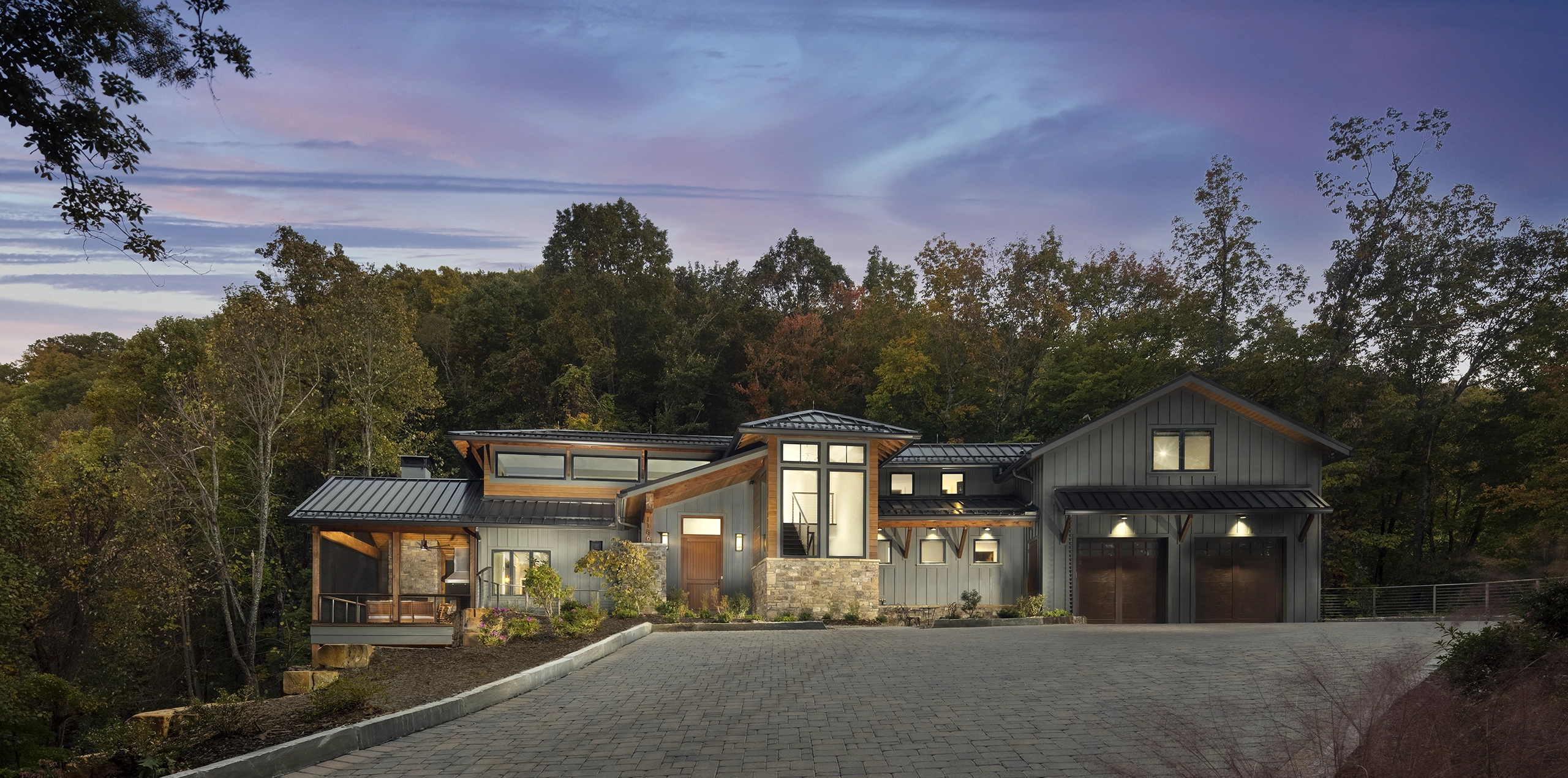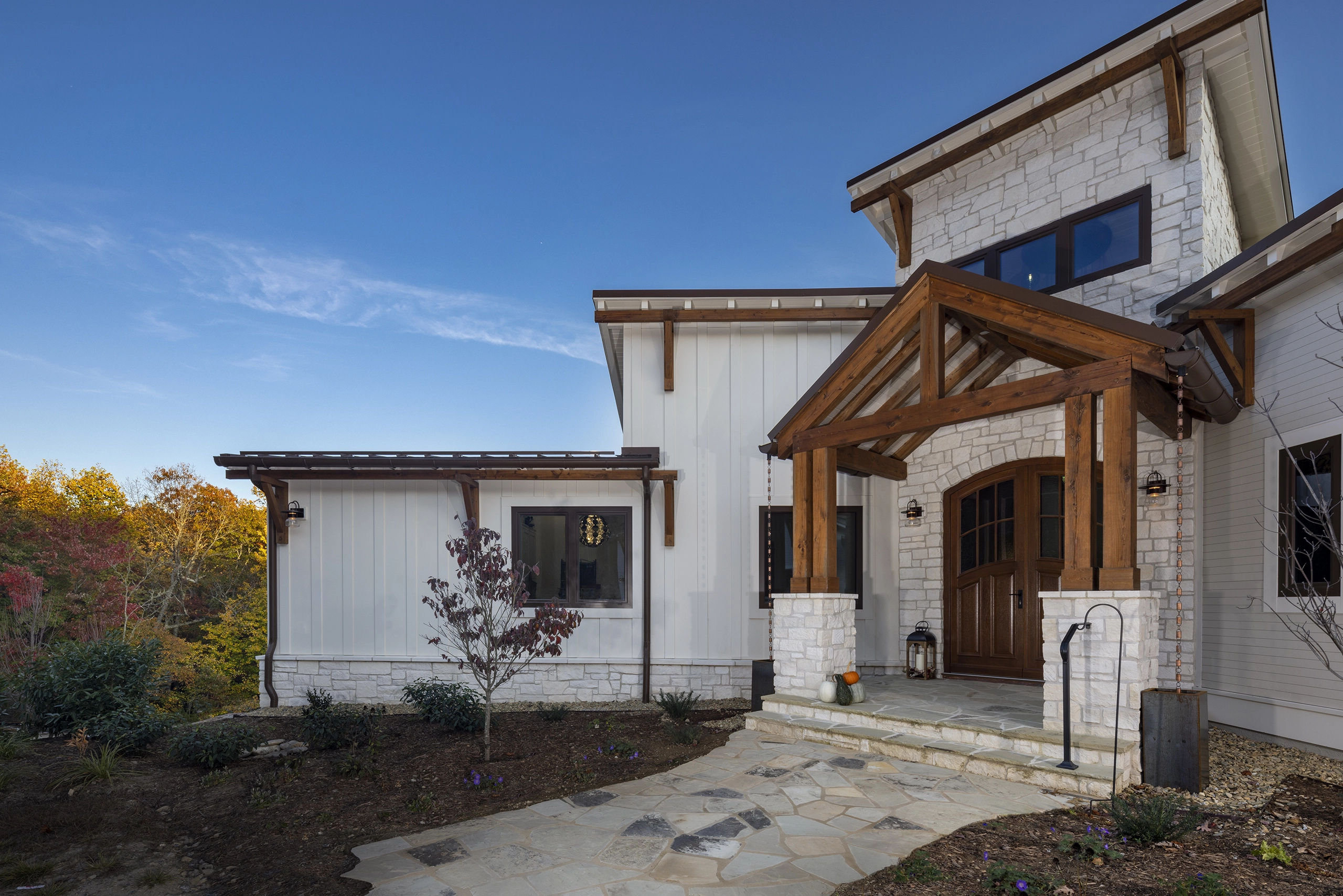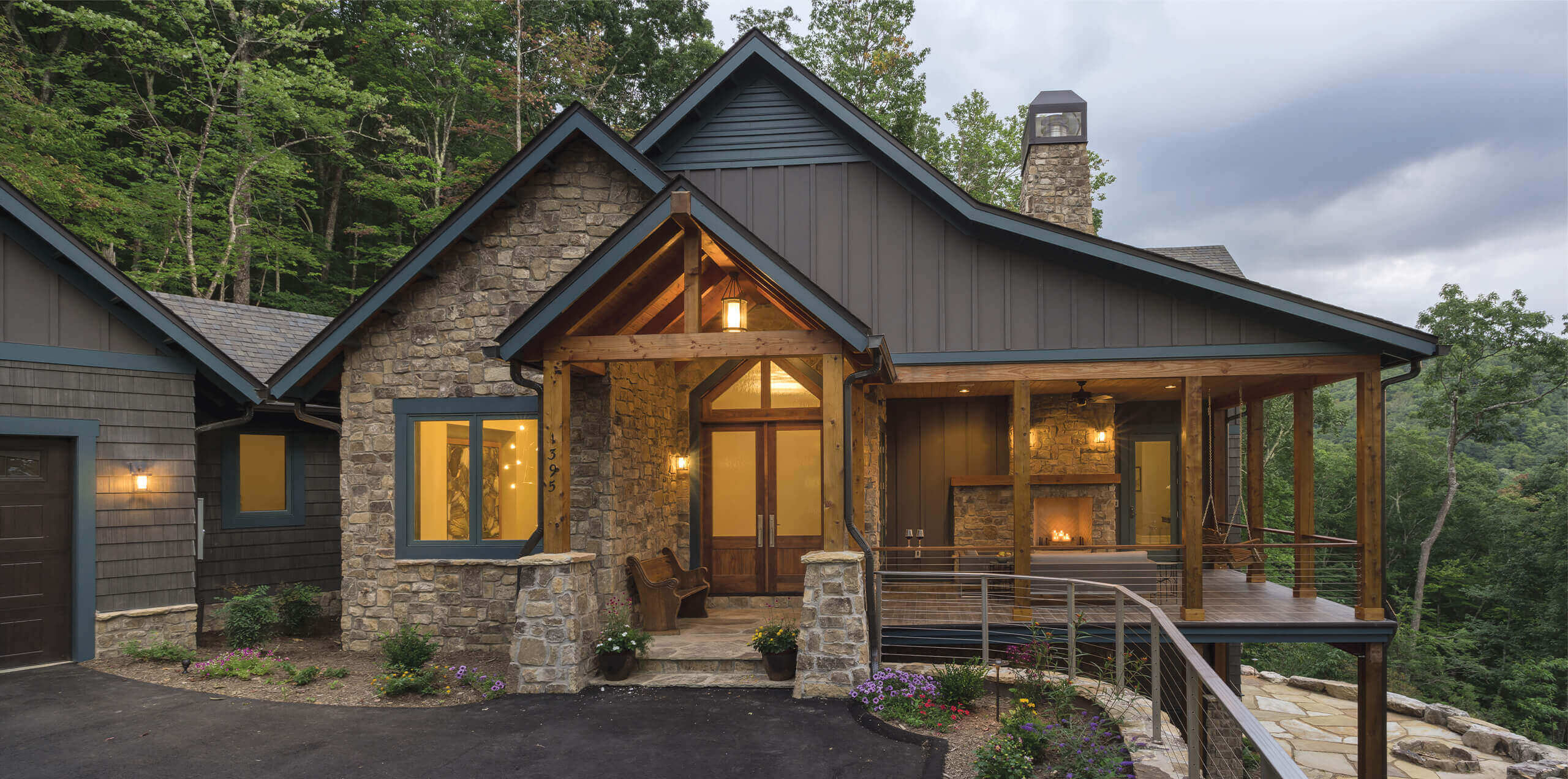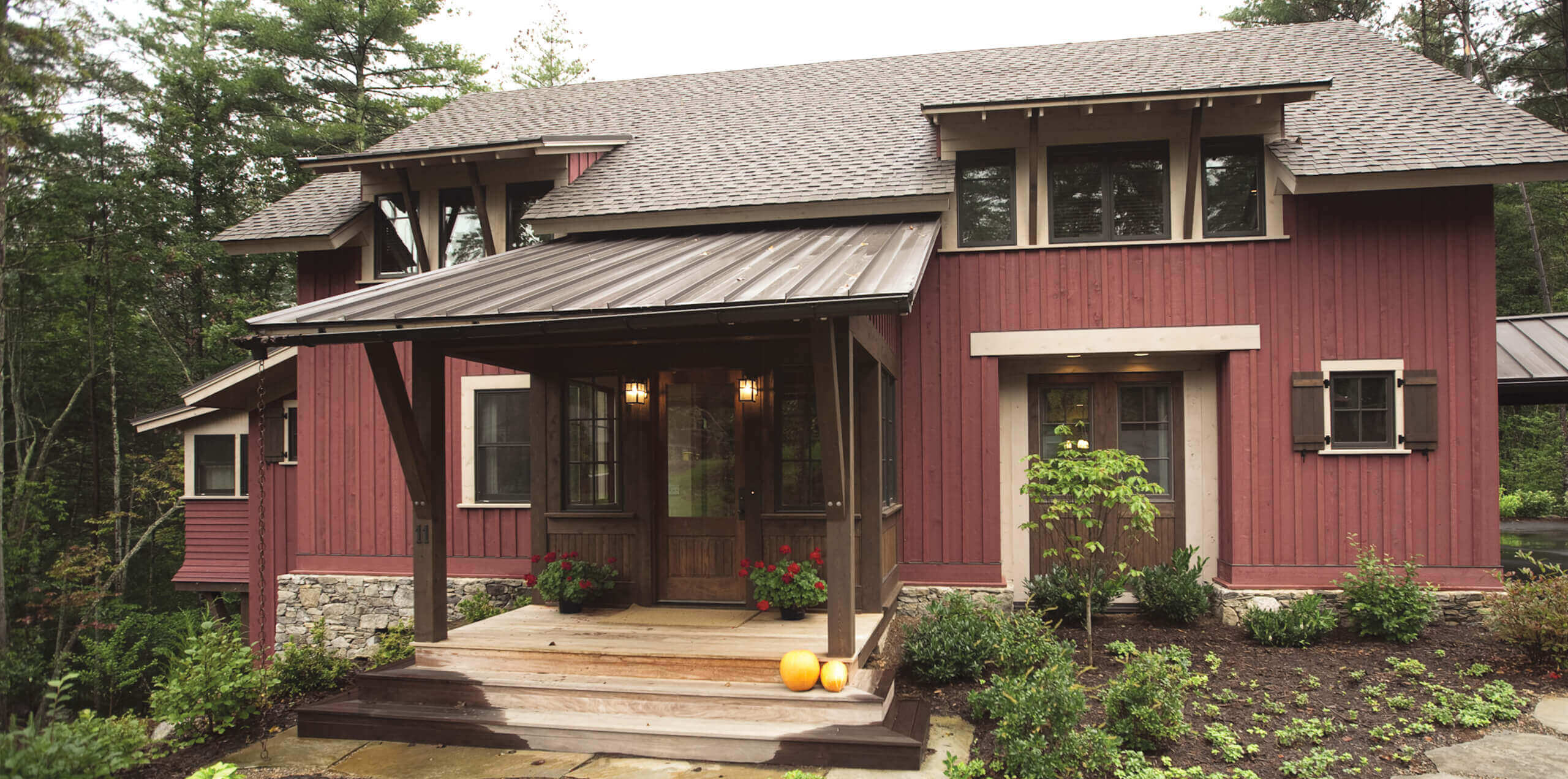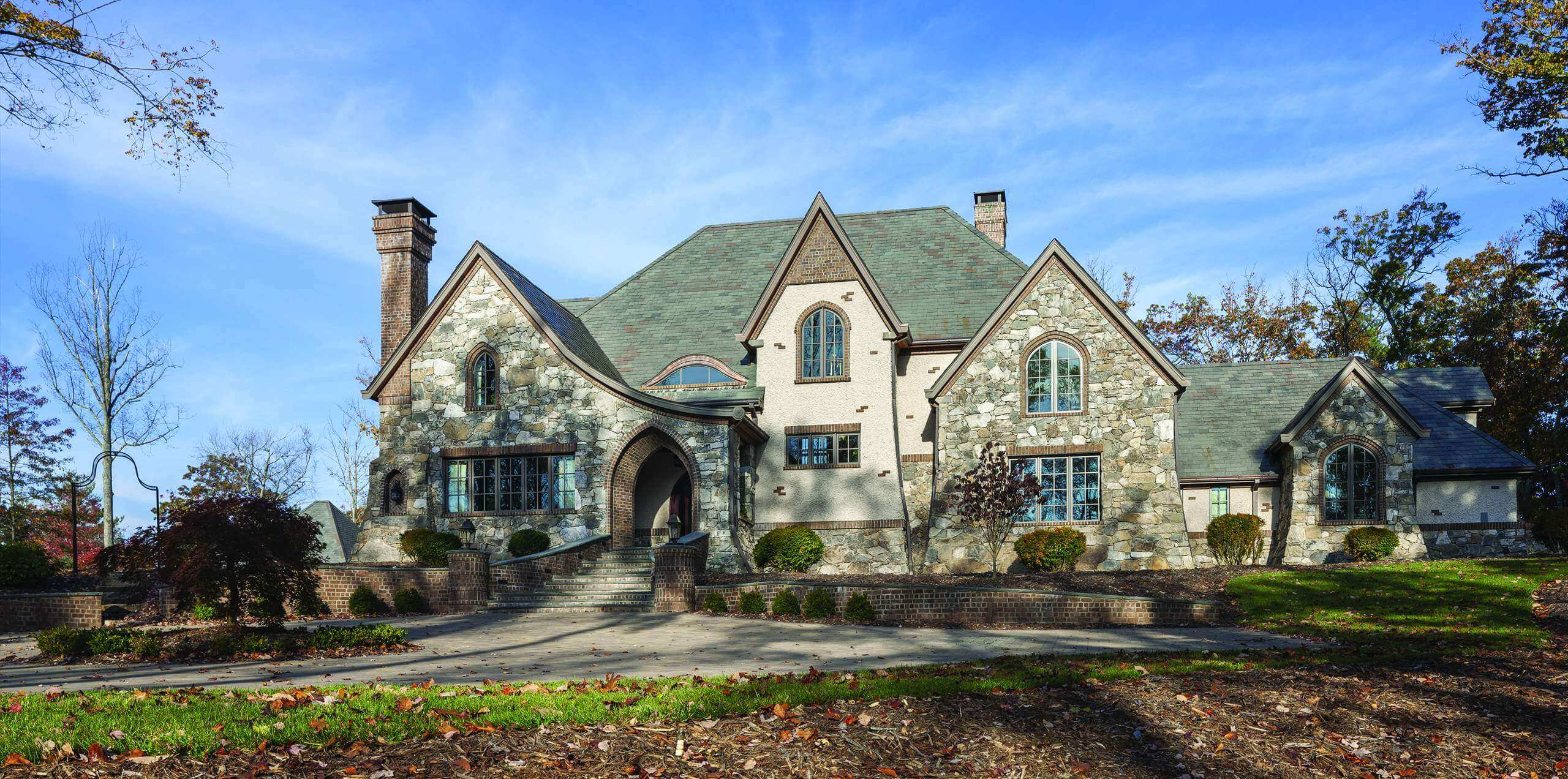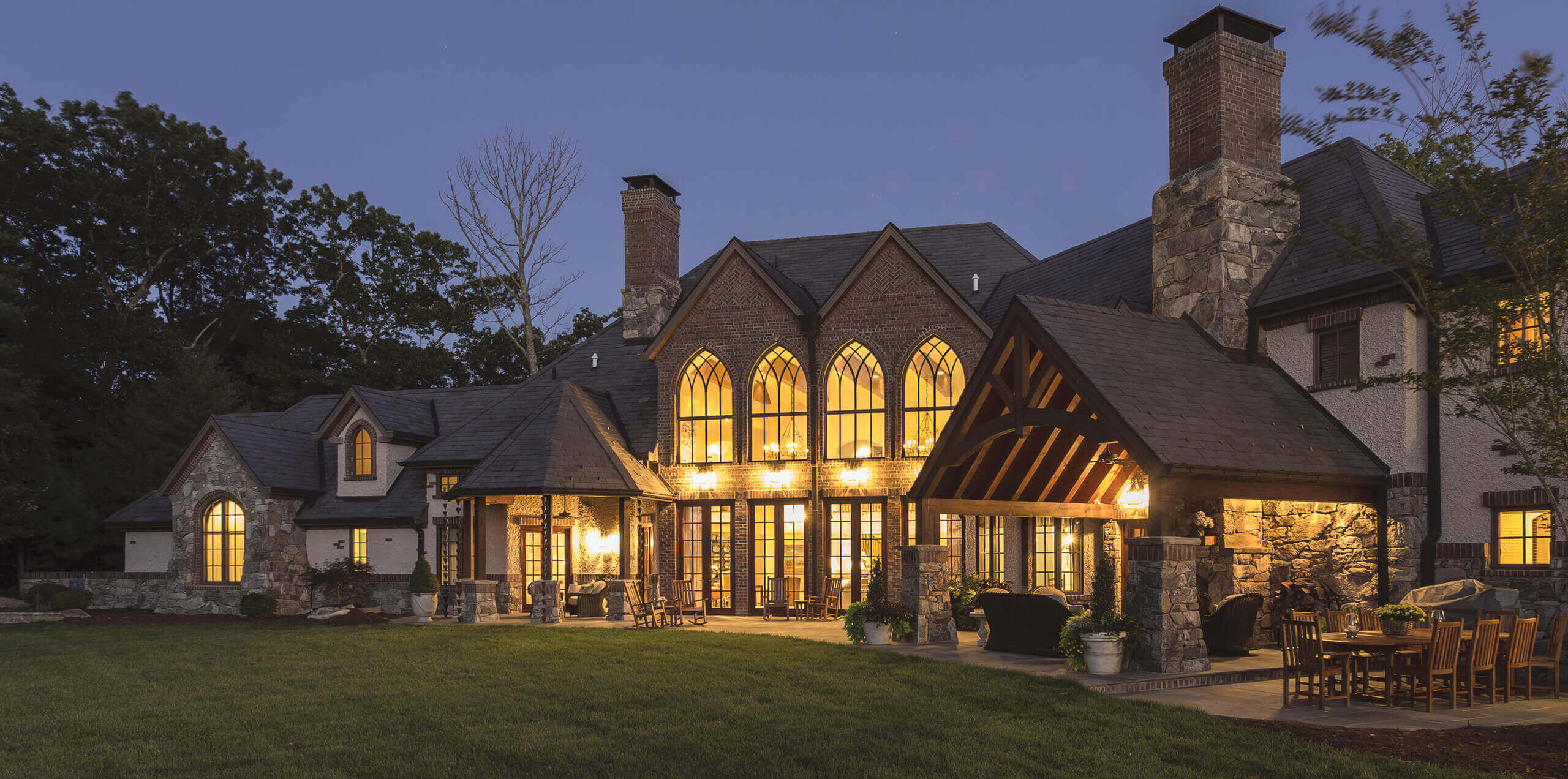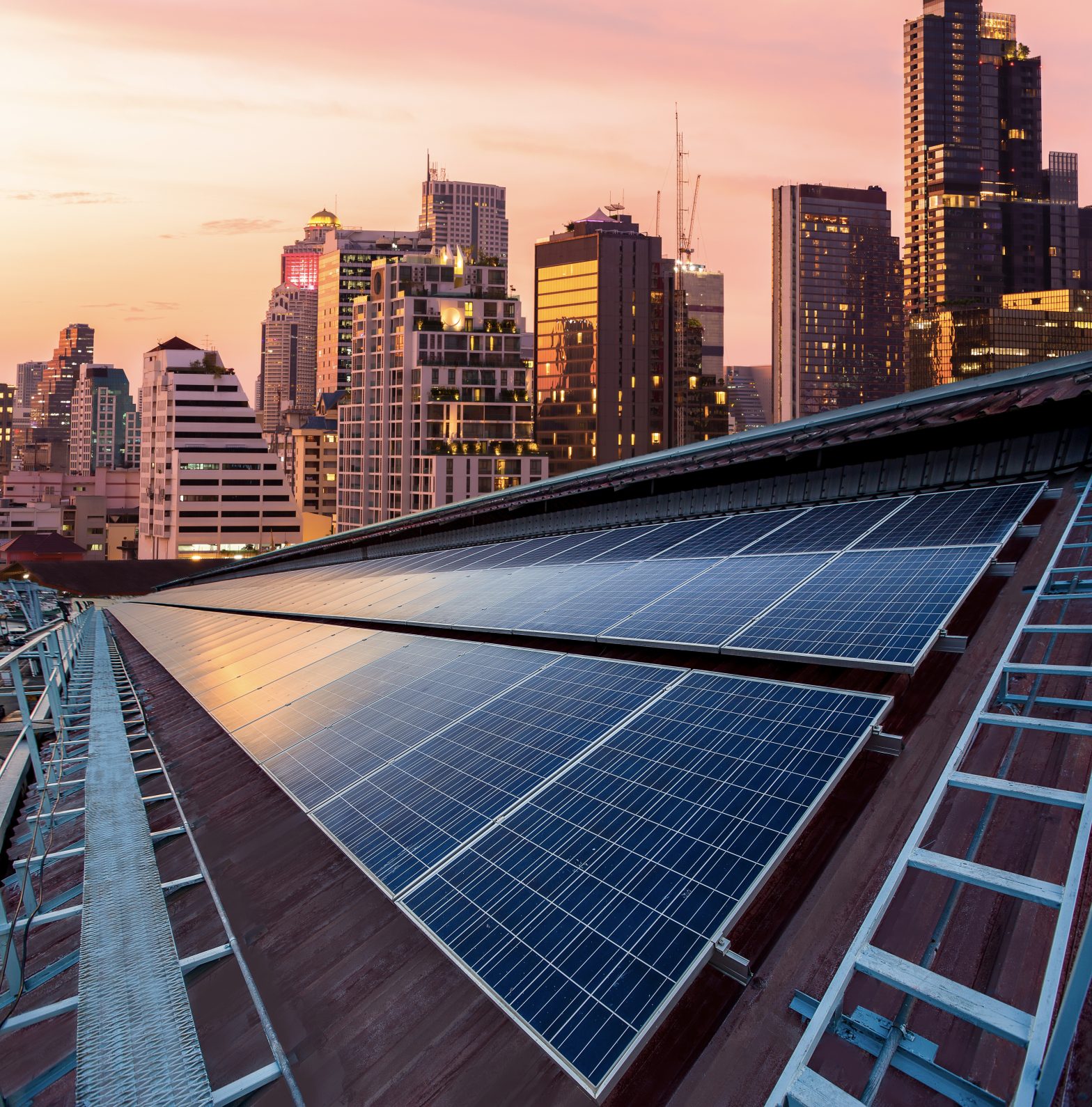We all know that green building is good for the environment. But, just how good is it, and how exactly is it good? Let’s take a deeper dive into this topic and explore the true environmental impact of green building initiatives.
Green building, also known as sustainable building, is a design and construction approach that aims to minimize the environmental impact of buildings. It involves using environmentally friendly materials and technologies, such as renewable energy and water conservation, to create buildings that are energy-efficient with minimal impact on the environment. The environmental impacts of green building are varied, and can have both positive and negative effects.
Improving Health & Wellness
One of the main benefits of green building is its direct impact on your personal health. Green buildings use materials and systems that help to improve indoor air quality and reduce the amount of pollutants and chemicals being released into the air. This, in turn, has a significant impact on the health and well-being of the building’s occupants.
John Bower, Founder of the Healthy House Institute stated, “Walking into a modern building can sometimes be compared to placing your head inside a plastic bag that is filled with toxic fumes.” A green home can significantly reduce exposure to environmental toxins, resulting in longer, healthier lives.
Reducing Energy Waste and Increasing Conservation
Sustainable building can also greatly reduce the amount of energy and water being used in a home. This leads to significant cost savings for the building’s owners and occupants over time. Additionally, the use of renewable energy sources –such as solar and wind power – can help to significantly reduce the building’s carbon footprint and combat climate change.
Additionally, green building helps to conserve natural resources through the use of sustainable materials, such as reclaimed wood and bamboo, and the implementation of water conservation systems. Such systems can reduce the water usage and decrease the dependence on the municipal water supply.
Complications of Green Building
However, not all aspects of green building are perfect. The construction process for green building can be more complex and requires specialized materials, which may not be readily available. This can lead to the necessity for transportation from distant locations, causing increased carbon emissions in the process. Additionally, some green building materials may require large amounts of energy to produce.
How to Make Green Building Even Greener
Needless to say, green home design offers many benefits to the environment including: personal health benefits, energy and water conservation, improved air quality, and the use of sustainable materials. However, in order to maximize your home’s sustainable impact, it’s important to consider the whole lifecycle of a green building – from sourcing materials, to construction and maintenance, to ensuring that the environmental impact is as minimal as possible.
It’s also important for architects, builders and policymakers to take into account the availability of materials and energy needed for the construction process in order to make sure the final product is as sustainable as possible.
Finally, pairing your sustainable home design with other healthy lifestyle choices such as clean eating, local consumption, recycling, and composting (to name a few) can make a significant difference in the overall impact that you have on the environment.
Here at Brock Builders, we’re passionate and committed to helping you make your Asheville home design the most sustainable building it can be. We look forward to serving your custom home build needs and designing a green home that is truly eco-friendly and fits your family’s needs.

